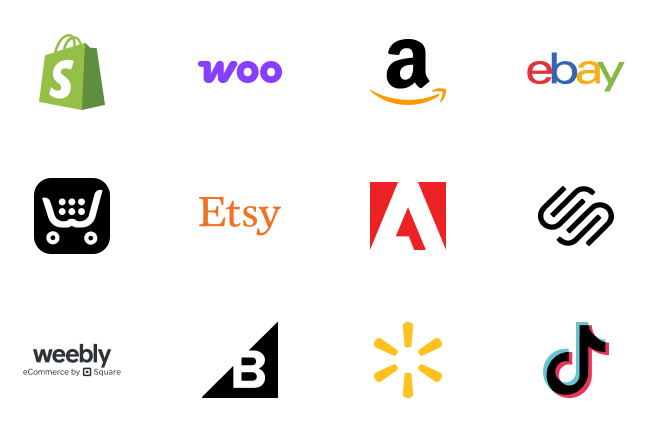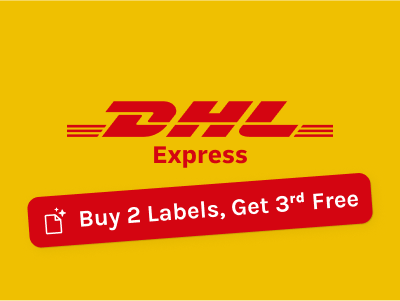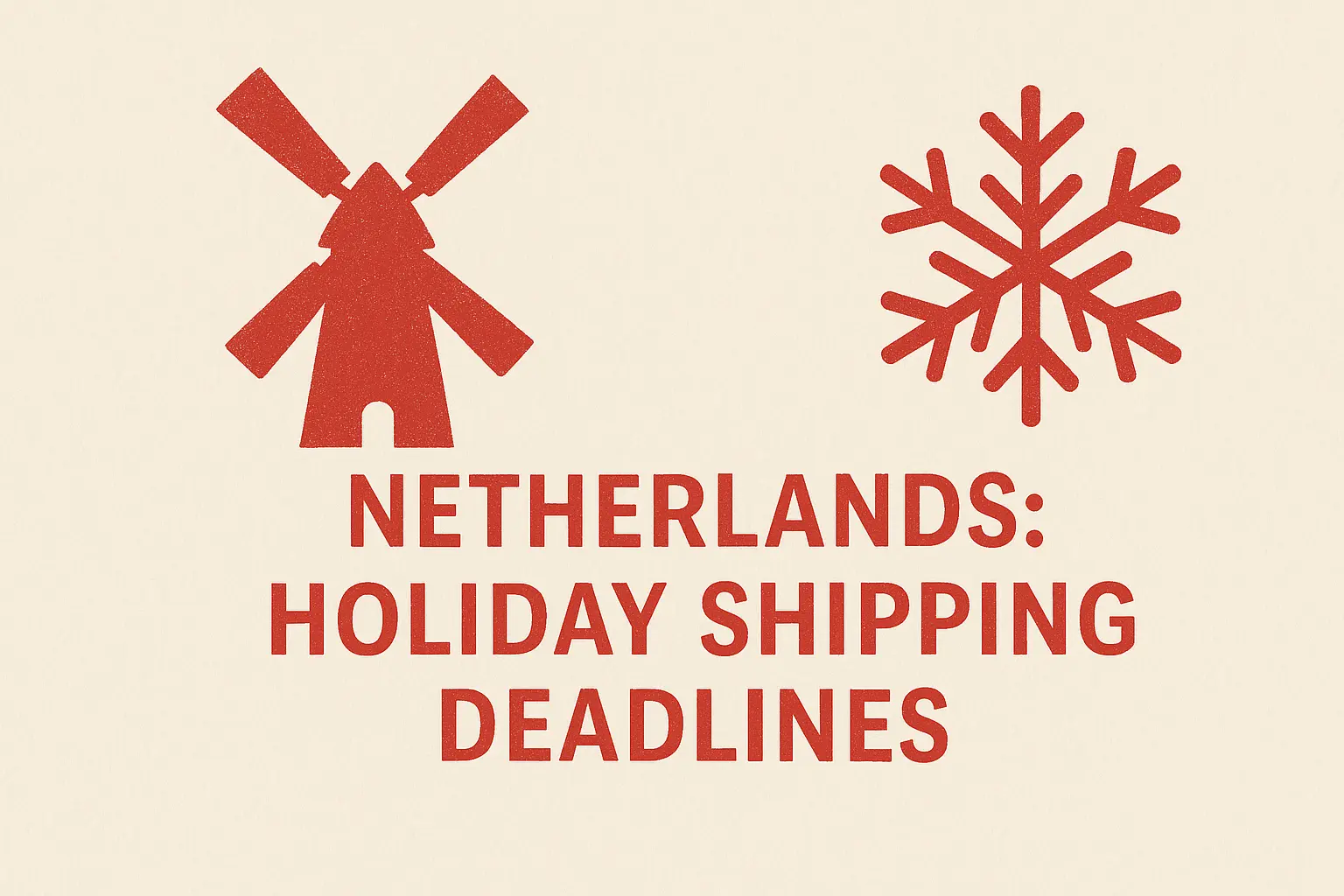Startups, artists, creators and anyone with a big idea looking to raise funds will include crowdfunding as a viable option; in fact, it might top the list as the most likely pathway to generating financial backing and marketing buzz for their project.
While launching a campaign on crowdfunding platforms such as Kickstarter or Indiegogo might seem like an easy path to success, there are several myths and misconceptions about crowdfunding that you need to be aware of to avoid pitfalls that can derail your project.
We’ll debunk ten of these myths and show how Easyship can provide you with the tools to optimize your crowdfunding fulfillment and successfully launch your campaign.
Let us dive right in!
10 Misconceptions About Crowdfunding to Question
There is a litany of articles and experts offering advice on how to launch a successful crowdfunding campaign. While there’s plenty of reliable advice and best practices offered, you’ll also encounter misleading crowdfunding ideas, which sometimes can easily spread.
Here are ten myths about crowdfunding that you should question.
- Crowdfunding is cheap
Crowdfunding doesn't have to be very expensive, but it is not cheap either. To increase your campaign awareness and raise money faster, you will have to spend money on marketing.
You need money to create an engaging, professionally produced video and other attractive visuals to help tell your story, hire a social media specialist or campaign marketing manager, and get press coverage.
Factor in prototyping costs, fulfillment expenses, platform fees, and the value of your own time, and you will realize that it takes time, effort, and money to raise funds.
2. You only need an idea to succeed
An innovative crowdfunding idea forms the basis of your campaign, but unless a concrete, well-thought-out plan supports it, it may be challenging to bring it to fruition.
You need a working prototype to showcase your idea to potential backers, and a competent marketing team to create effective marketing materials. It helps to forecast your campaign expenses to set a realistic goal and run a successful campaign.
3. Work starts with the campaign
Before you launch the campaign, you need to do a lot of work to generate a pre-launch buzz and have your networks alert to give your campaign a good start. Your business needs to be ready with prototype results to show to potential backers. You also need to have chosen rewards for the different reward levels. You will be riding a crowdfunding myth if you wait until the last minute to start working on your campaign.
Start as early as six months so that you can have everything you need to run a successful campaign in the correct order. If you don't have well-established online networks, you may need to start building your networks as early as two years!
4. Crowdfunding is only for startups
Many people have come to wrongly believe that crowdfunding is a platform meant for new business ventures or startups who struggle to find seed capital to jumpstart their creative ideas. This is not true, and it is one of the crowdfunding misconceptions that need to be debunked right away.
The fact is that crowdfunding is a platform that helps to remove financial barriers associated with the traditional methods of raising capital through banks, angel investors, and other financial institutions.
Any business or company with a creative idea, no matter the growth stage, can use crowdfunding to raise capital more effectively and efficiently.
5. Endorsements from celebrities will guarantee success
Celebrities and social media influencers have a lot of marketing power in today’s marketplace but paying them a high fee does not guarantee crowdfunding success.
Unless you have a creative product idea that addresses people's pain points and are willing to put in extra work to bring it to life, you may waste your money on celebrity endorsements. A lot goes into running a successful campaign other than just celebrities.
6. The crowd is out there waiting
The myth that people are out there waiting to support your idea is misleading. While crowdfunding starts with your family and friends, it rarely ends with them. Most backers hear about campaigns through word of mouth, the press, and social media.
So, you will have to reach out to your networks and encourage people to support you and spread the word to their networks to bring the crowd in. Even if the platform features your campaign, or you have a highly-publicized event or emergency, there is still a need to reach out to the crowd and bring the right backers on board.
7. Longer campaigns are better
This misconception emanates from the school of thought that argues that keeping your campaign running for long gives you more time to raise extra funds. There is no one-size-fits-all period for how long your campaign should run, but campaigns tend to gain momentum at the start, a plateau at the middle and pick pace again towards the end.
A longer campaign risks an extended dead middle that can be boring and make potential backers lose interest and withhold their decision to support. It also gives you a lot of work because you have to keep in touch with your backers, send new updates every day, and make everyone feel heard and loved.
Your campaign doesn't have to be very short or too long. But you need to strike a balance between your goals and your backers' attention span so that you don't hit a dead-end in the middle that can be detrimental. Crowdfunding experts recommend a maximum of 30 to 40 days for your campaign.
8. The only goal is to raise money
Raising capital is a vital goal in crowdfunding, but it is not the only goal to achieve.
Today, many companies and entrepreneurs have realized that crowdfunding is a great marketing platform, and they are using it to test-market their creative products. You can use it to engage new and existing customers who will become your evangelists and spread the word about your product.
This network of brand ambassadors do the lion's share of your marketing and give useful feedback to help you market-fit your product or service.
9. You can just hire someone to run your campaign
There are indeed excellent crowdfunding consultants or agencies out there who can take-over and run your campaign single-handedly for a fee. But unless you are there every step making them understand your project idea, they won't have a deep understanding of your business idea, product, or service.
Crowdfunding is not a hand-off process. You need to remain hands-on and do a lot of research to give your project your best shot. Get involved in preparing your pitch, reaching out to friends and family, choosing your back rewards, doing project updates, incorporating your customers' feedback into your campaign, among other things.
It is better to bring experts in to critique and improve on what you already have than having them do everything for you. Handle the most fundamental parts of your campaign, and only export the neediest areas where you have no knowledge or experience. So be prepared to remain hand-on before, during, and after your campaign.
10. You can do it in your spare time
This is a crowdfunding myth because you may not succeed if the only time you are willing to dedicate to your crowdfunding campaign is your spare time. Running a successful campaign requires a lot of time commitment. It is not a part-time job, but a full-time engagement. You need to be there every step to see what is happening and spot areas where you can spice things up to boost your campaign.
If you can't manage to own the campaign full-time, enlist partners who share the time commitment with you and provide a variety of voices to spread the message.
Data shows that campaigns with multiple owners perform better than those owned by a single person.
{{ start-saving-on-shipping-in-seconds }}
Optimize Crowdfunding Fulfillment With Easyship
A successful crowdfunding campaign that builds buzz for a product can run into roadblocks unless there’s a plan for shipping and fulfillment. All the hard work can be lost if you are not able to deliver your product to your backers.
Here's how Easyship can help optimize your crowdfunding fulfillment:
- Fulfillment: fulfillment can take up to a maximum of 20% of the fund that you raise. Easyship can help you plan realistic fulfillment goals upfront so that you won't run out of funds when you start sending your backers' rewards.
- Shipping rate calculator: shipping costs, duties, and taxes are all part of your campaign's fulfillment expenses. You can use our crowdfunding calculator to estimate shipping costs, duties, and taxes for different countries and find the best shipping rates to keep your expenses low.
- Case studies: We have worked with many entrepreneurs on both Kickstarter and Indiegogo and helped them run successful campaigns such as Airinum, Ostrich Pillow, and Modest Mark.
- Grow your business: Easyship doesn’t stop with your crowdfunding campaign. We continue helping you grow your business by streamlining your shipping experience as much as possible. We offer you access to over 250 fast, cost-effective couriers, automatically pre-filled customs paperwork, customized packing slips, and help you keep your customers informed with tracking pages and emails that match your branding.
With an Easyship account you can seamlessly integrate your Kickstarter or Indiegogo account, and start shipping!















































.svg)
.svg)






.avif)
.avif)

.avif)
.avif)


.avif)


.avif)










.avif)
.avif)



.avif)
.avif)


.avif)
.avif)


.avif)



.webp)







.svg)





